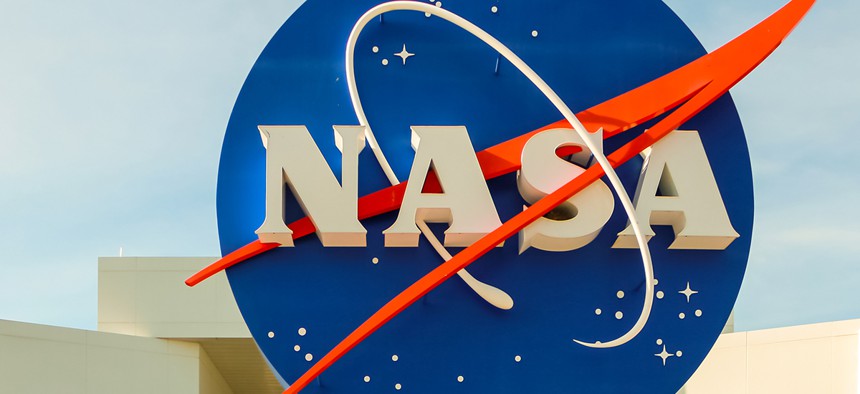How DOD’s Third Offset Strategy Benefits NASA

Alexanderphoto7/Shutterstock.com
The space agency's largest budget account is dedicated heavily to developing technologies that translate well to the defense world.
A new report highlights how NASA's relationship with the Defense Department has kept the space agency primarily unscathed by sequestration, and its spending is on pace to rise again in fiscal 2016 following an 8 percent bump the prior year.
While most headlines are devoted to its space launch program, it’s actually NASA's Applied Research and Exploratory Development that drives increased spending among NASA's top five product and service categories. That category accounted for almost half of NASA’s spending from fiscal 2012-2015, according to analysis firm Govini.
NASA’s largest budget account, science, represents almost $5 billion worth of funding. It's dedicated heavily to developing cutting-edge robotics, propulsion and machine-learning technologies necessary for the future success of NASA’s coming space launch programs.
Through fiscal 2018, NASA will spend more heavily on science – including all its R&D efforts – before being surpassed by the space launch category, as the agency gears up for actual launches including the Mars 2020 rover, the Govini analysis shows.
» Get the best federal technology news and ideas delivered right to your inbox. Sign up here.
Much of NASA’s current R&D efforts have huge ramifications for DOD's Third Offset Strategy – the Pentagon’s plan to keep its military ahead of the rest of the world, according to Govini. The strategy relies on advancements in computing, battle network command and control, and weapons technologies, among other areas, the report states.
Beyond new opportunities for industry, there’s NASA’s history of “transferring technology to applications,” said Matt Hummer, director of analytics and professional services for Govini. Mechanical and electronic sensors now mounted on drones and materials for hypersonic flight are just a few examples that have translated well to military and commercial use.
“The data bears out that a lot of NASA technologies like robotics, autonomous systems and artificial intelligence are in the early stages of R&D, it’s being thrown dollars,” Hummer said. “NASA is core to the Third Offset Strategy because it’s good at transferring those kinds of technologies. People have to realize how important NASA is to DOD modernization.”
NEXT STORY: Juno's New Images of Jupiter






